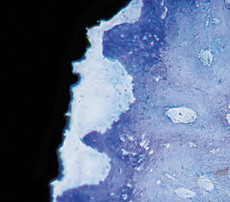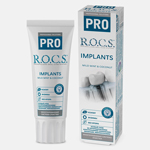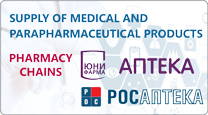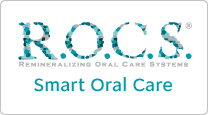SGS Dental implants: Perfect biocompatibility, lifetime guarantee
SGS Dental products entered markets in Russia in 2011. And last year, in 2020, received a market authorization for the company's groundbreaking implant range. What are the features and benefits of the new SGS Dental implants?
|
EVGENY SHAPOVALOV, Deputy Head of Implantology, UNIDENT |
SGS International Ltd. was founded in the region of Shaan in the Principality of Liechtenstein in 2007. A few years later, as part of an expansion of production, implant manufacturing was moved to Budapest, the capital of Hungary. SGS Dental's innovative SBTC coating is processed in Germany — at the DOT factory, which has one of the most advanced laboratories in the world.
SGS Dental products
Swiss equipment, the use of titanium oxide in the creation of the implant, innovative coating, and a wide range of prosthetics all contribute to the price. But it helps dentists solve almost any clinical problem, and patients to lead a fulfilling life with a big smile.
The new SGS range includes different types of implants and
their superstructures — our own range of abutments
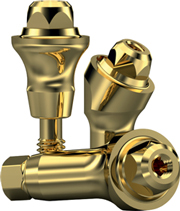 |
TYPES OF IMPLANTS:
- P1D, for dense bone types (D1, D2). The implant has a very fine thread pitch. This allows it to enter the bone gently, without injuring it.
- P7D, for loose bone types (D3, D4). Aggressive implant, with a wide thread, which provides better adhesion to loose bone.
- The P5D is a universal implant, for all bone types. NEW! It is an implant with a unique «Matrix» thread developed by SGS.
All implants are suitable for immediate loading protocols
HOW IS AN SGS IMPLANT CREATED?
The future implant
|
THE GOOD THING ABOUT SBTC IS THAT IT INTERACTS WITH THE BODY SIGNIFICANTLY FASTER: IT HAS TIME TO «ATTRACT» OSTEOBLASTS, INCREASING THE RATE OF BONE FORMATION ON THE IMPLANT SURFACE
|
Next, it needs to have a porous structure, and to achieve this, the implant is sandblasted with titanium oxide. This is the difference between SGS and other, cheaper systems in which the implants are treated with aluminium dioxide.
After processing, the implants
The implant is then coated with SBTC and then sent for gamma irradiation sterilization and sealed in sterile conditions.
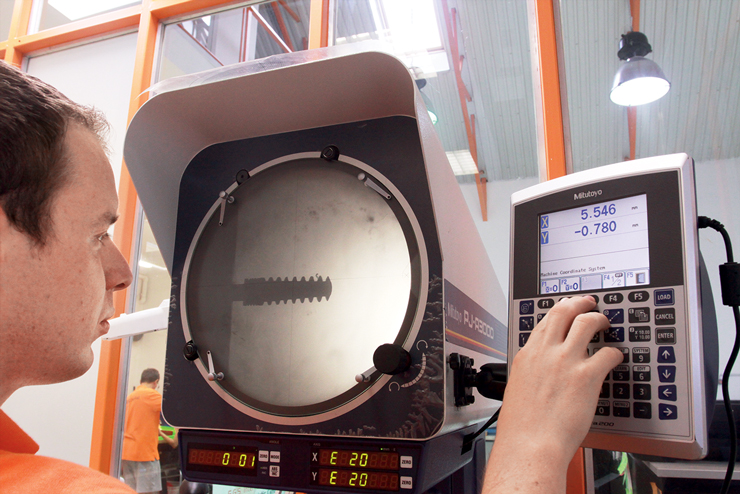
![]()
STUDY OF THE OSSEOINTEGRATION OF
PT-COATED TEST IMPLANTS AND PT/BONIT®-COATED IMPLANTS
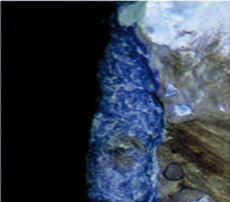 |
||
|
Implant with PNT surface (reference group) |
Implant with PNT/BONIT® surface (test group) |
New bone formation thanks to BONIT® coating |
COATING: SBTC
Another key difference with SGS Dental is the Smart Bioactive Trebecular Coating (SBTC). Most implant manufacturers do not use coatings at all, limiting themselves to sandblasting and acid etching.
 |
Some implant systems are coated as follows: calcium phosphate is sprayed onto the implant body: by plasma spraying. A 200–300−micron thick calcium «coat» builds up on it. This thick coating is heterogeneous, which can cause it to peel away from the implant during insertion. It is also prone to the formation of calcium lumps, which leads to the formation of a fibrin coating. Even if the surgeon performs the operation perfectly, the implant may begin to loosen, unscrew, and disintegrate after a few years. Such cases are not exceptional.
SGS Dental implants have a thin — 10−20 micron — bioactive
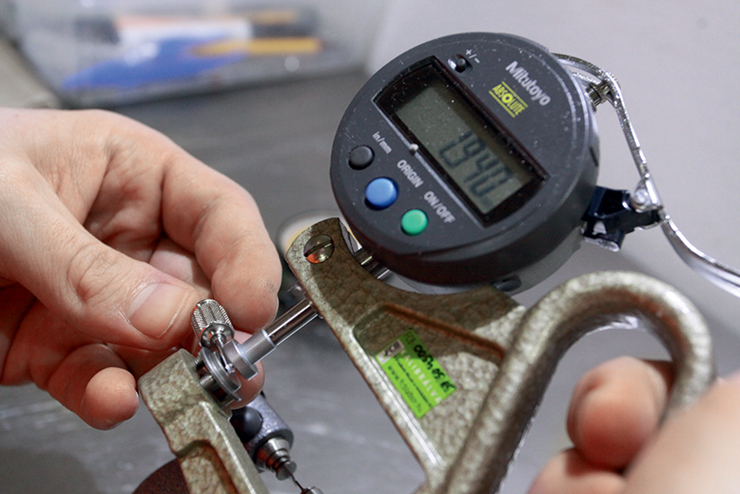
CONNECTION: CONE
|
IRINA REUNOVA, «The advantage of the SGS Dental system over other manufacturers is the universal surgical kit for all SGS implants, the wide range of prosthetics and the «single prosthetic implant platform» for every connection type. Regardless of the implant diameter and height, any tapered abutment, gingival shaper, transfer, analogue, etc. will fit on the tapered platform. This implant system is attractive to clinics as there is no need to bear the additional financial burden of purchasing numerous prosthetic elements, forming a large stock of elements for each implant line and platform"
|
The classic implant system has a flat connection — the inner hex. But practicing dentists have proven that implants with another type of connection, the tapered type, perform better in various clinical situations.
Studies have confirmed that with the classic joint type,
there
In the case of tapered implants,
Based on its own research, SGS Dental has decided to launch a new range of implants with an 8−degree taper, but to keep the classic range in production to ensure it remains the preferred choice of doctors.
CONE: 8 DEGREES
The implant systems available today have a different cone
angle. To achieve
WIDE RANGE OF SUPERSTRUCTURES
SGS Dental is one of the few implant systems that has a wide
range of superstructure types and sizes — from gingiva shapers, transfers,
angled abutments to 45−degree
SURGICAL KIT
SGS Dental has taken a holistic approach to surgical kit formation. The SGS basic surgical kit includes tools not only for surgery, but also for orthopedics: various screwdrivers (short and long), wrenches, and even a torque wrench (rather than the usual reversible wrench).
The specialist receives tools for working with all SGS Dental implant lines: universal cutters, implant guides for hex, taper, narrow taper.
The premium level of the entire SGS Dental system is due to
European production under the supervision of a Swiss office and engineers,
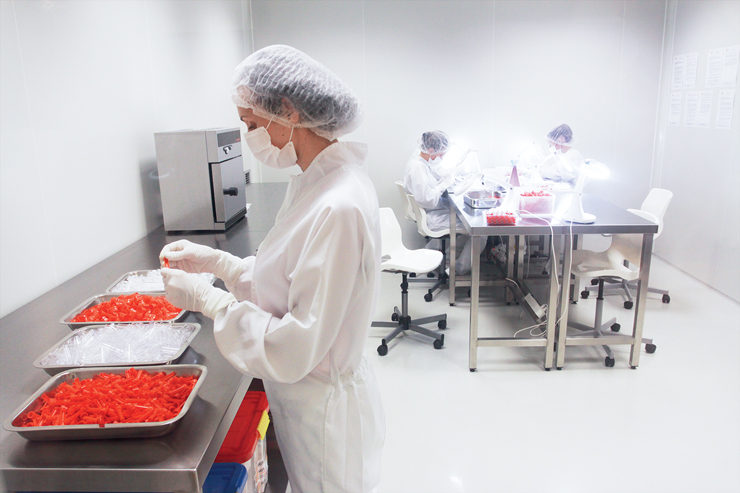
Back



